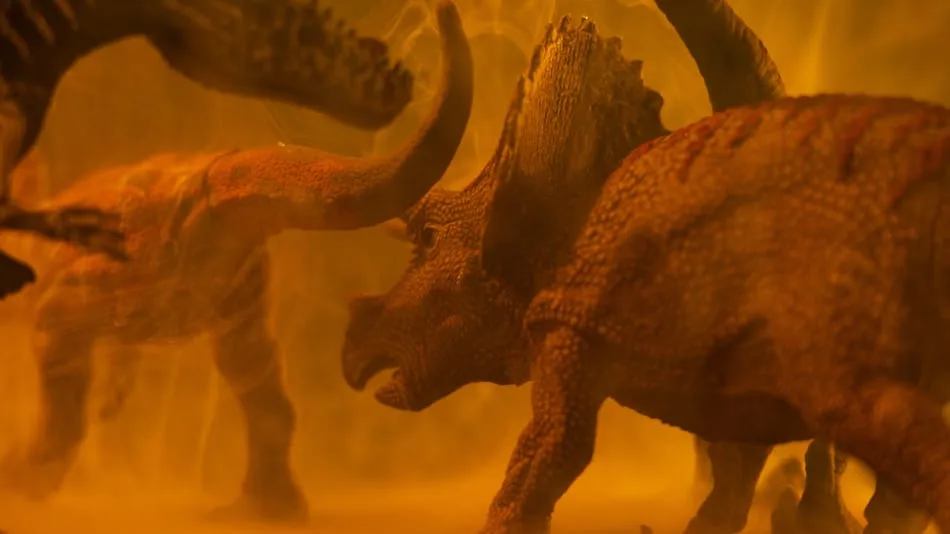Table of Contents
New Duck-Billed Dinosaur Species Discovered in Mexico, Here’s What You Need to Know
A new duck-billed dinosaur, Coahuilasaurus lipani, with a distinctive snout, was discovered in Mexico.

Photo Credit: Unsplash/ engin akyurt
Tooth-like bill projections on Coahuilasaurus likely helped it eat tough plants.
Highlights
- Coahuilasaurus lipani discovered with unique large snout
- Mexican dinosaur fossils reveal smaller species range
- Study suggests specialised plant diet for Cretaceous-period dinosaur
A newly identified species of duck-billed dinosaur, Coahuilasaurus Lipani, has been discovered in Mexico. The newly-discovered species boast a particularly large snout. This exciting discovery not only sheds light on the unique traits of the species but also offers insights into how dinosaurs lived in specific regions during the late Cretaceous period.
Unearthing the Fossil of Coahuilasaurus Lipani
The fossil was originally excavated in the 1980s in the Parras Basin region. Initially, palaeontologists believed it belonged to another genus. However, a recent study using advanced techniques reclassified the fossil as a new species—Coahuilasaurus lipani. Named after the Coahuila region and the Lipani Apache tribe, this dinosaur was equipped with a distinctive snout, significantly larger than its relatives.
Adapted for Tough Plants
What sets C. Lipani apart from other duck-billed dinosaurs is the presence of tooth-like projections on the roof of its mouth. These structures suggest the dinosaur was adapted to consuming rough and fibrous plants such as palm trees. Its specialised diet likely helped it thrive in the tropical conditions of late Cretaceous Mexico, where it lived approximately 73 million years ago.
- NASA Launches Crew-9 to Rescue Stranded Astronauts at the ISS
How the Discovery Changes Scientific Understanding
One of the most significant aspects of this discovery is what it reveals about dinosaur distribution. Traditionally, palaeontologists believed that large dinosaurs, like many other large animals, had extensive geographic ranges. Palaeontologists now believe that some species may have lived in much smaller, specific areas, possibly due to environmental factors or reproductive habits. This finding is reshaping scientists' understanding of how dinosaurs adapted to their surroundings.
Geographic Significance of Coahuilasaurus Lipani
While dinosaurs like C. lipani roamed the forests of what is now Mexico, the region's landscape was vastly different. Sea levels were higher, and the climate was warmer, providing an ideal environment for a variety of dinosaur species. With a length of around 26 feet (8 metres), this species likely roamed in herds, feeding on abundant vegetation, and contributing to the rich biodiversity of the region during the Cretaceous period.
In summary, the discovery of Coahuilasaurus Lipani adds to the growing list of dinosaur species unique to Mexico. The fossil not only highlights the rich paleontological history of the region but also contributes to the broader understanding of dinosaur evolution and adaptation across the Americas.
- Mathematicians Uncover Soft Cells, a New Class of Shapes in Nature
- Could black holes be just “frozen stars”? New research suggests a rethink

